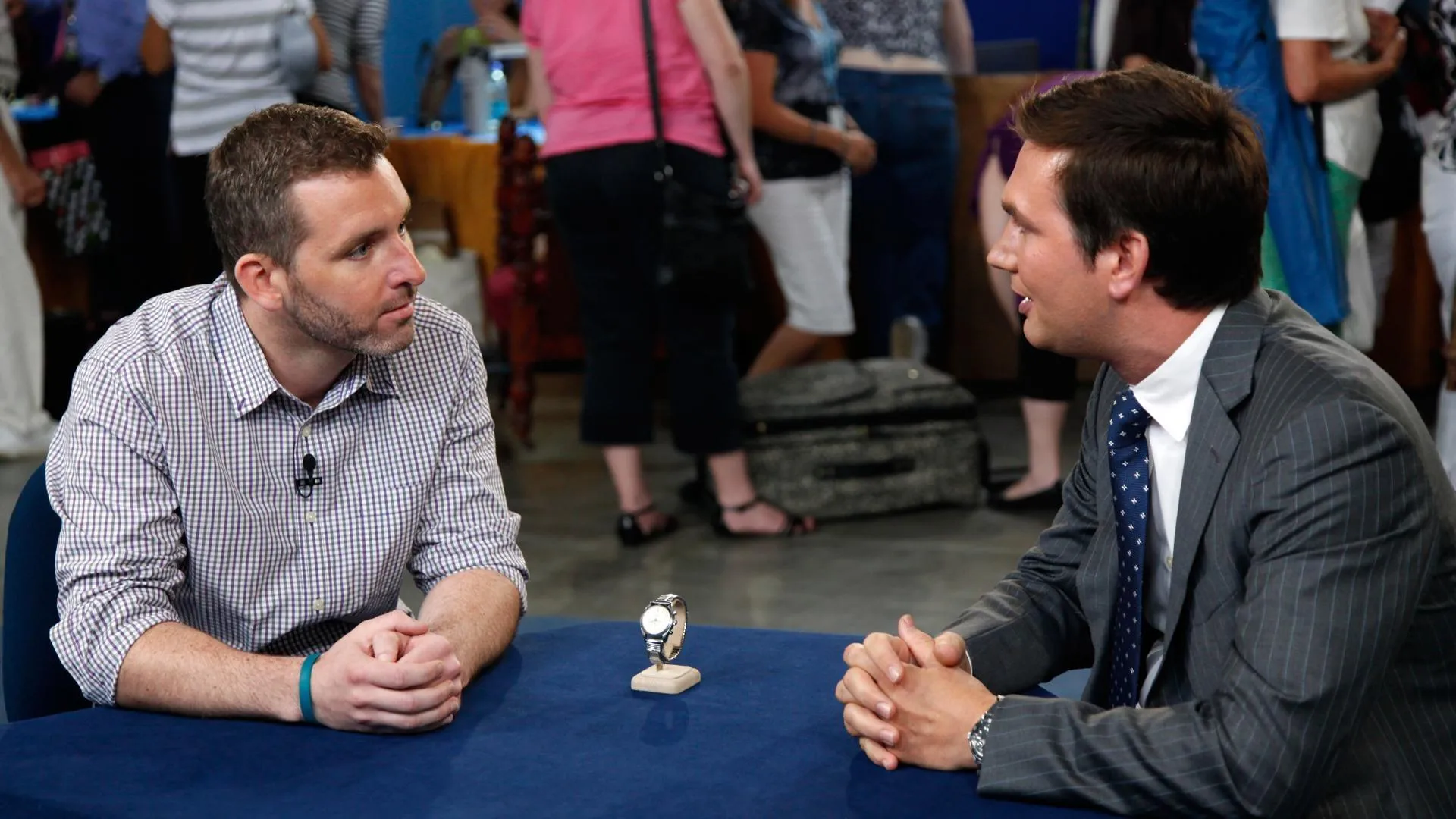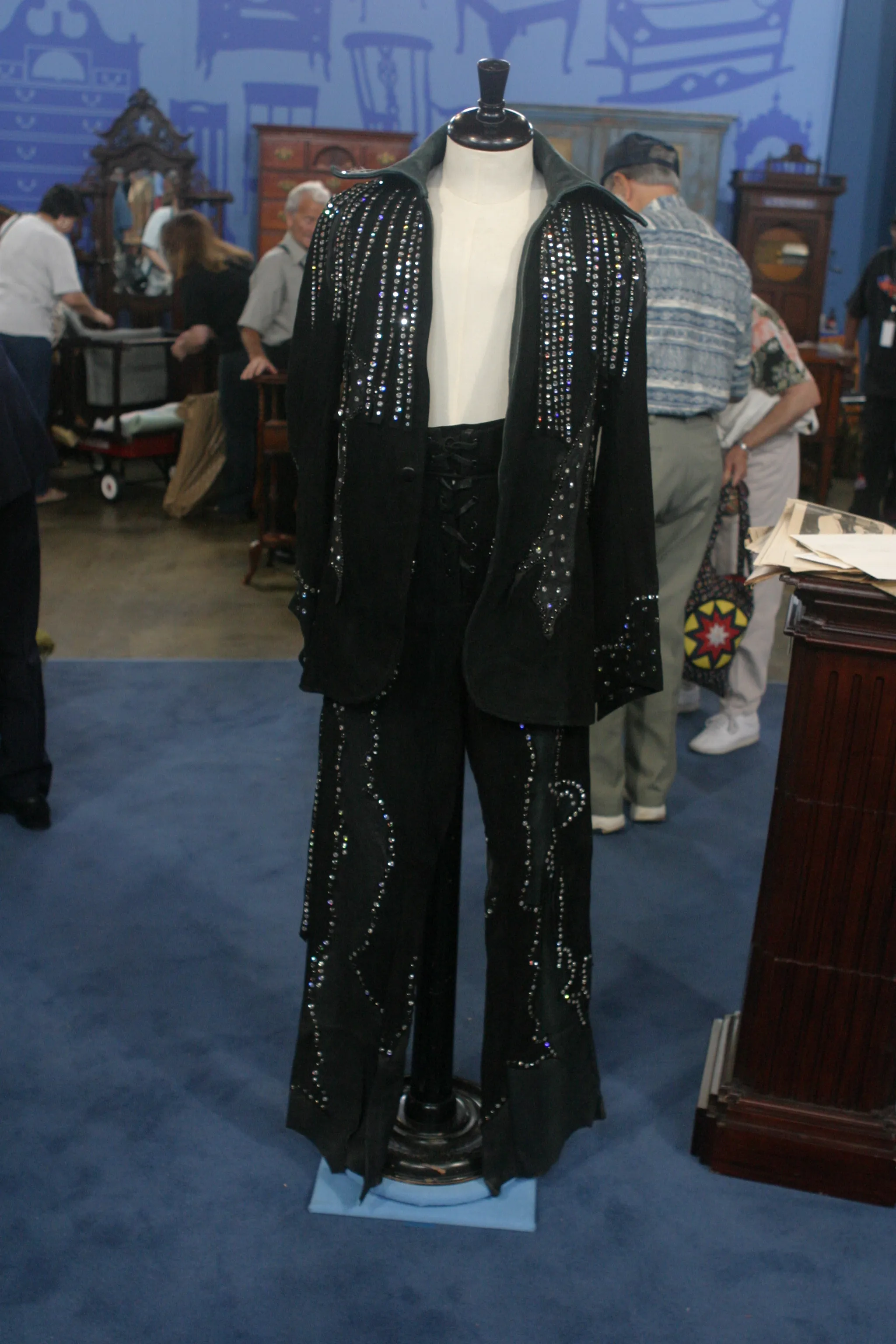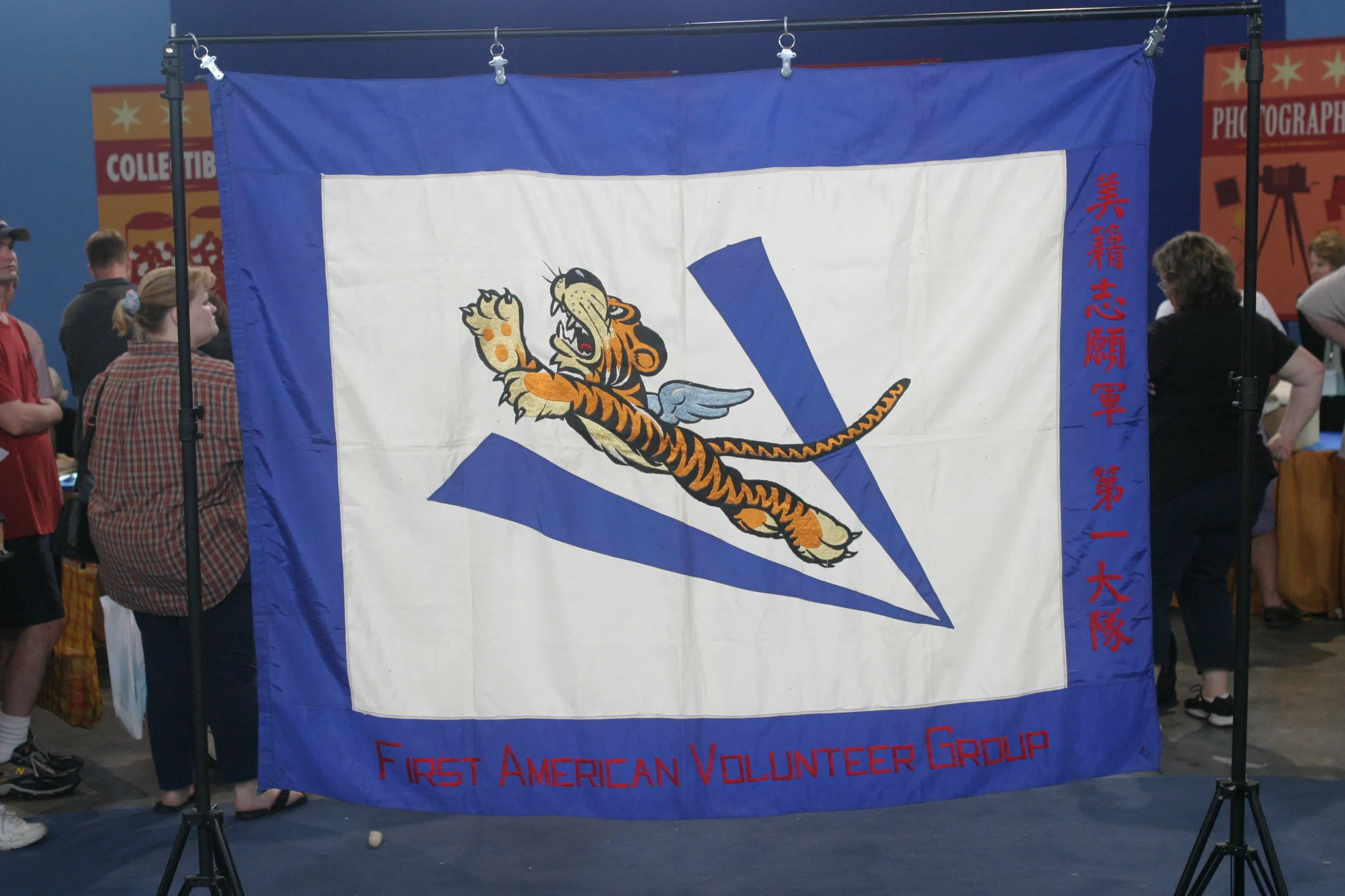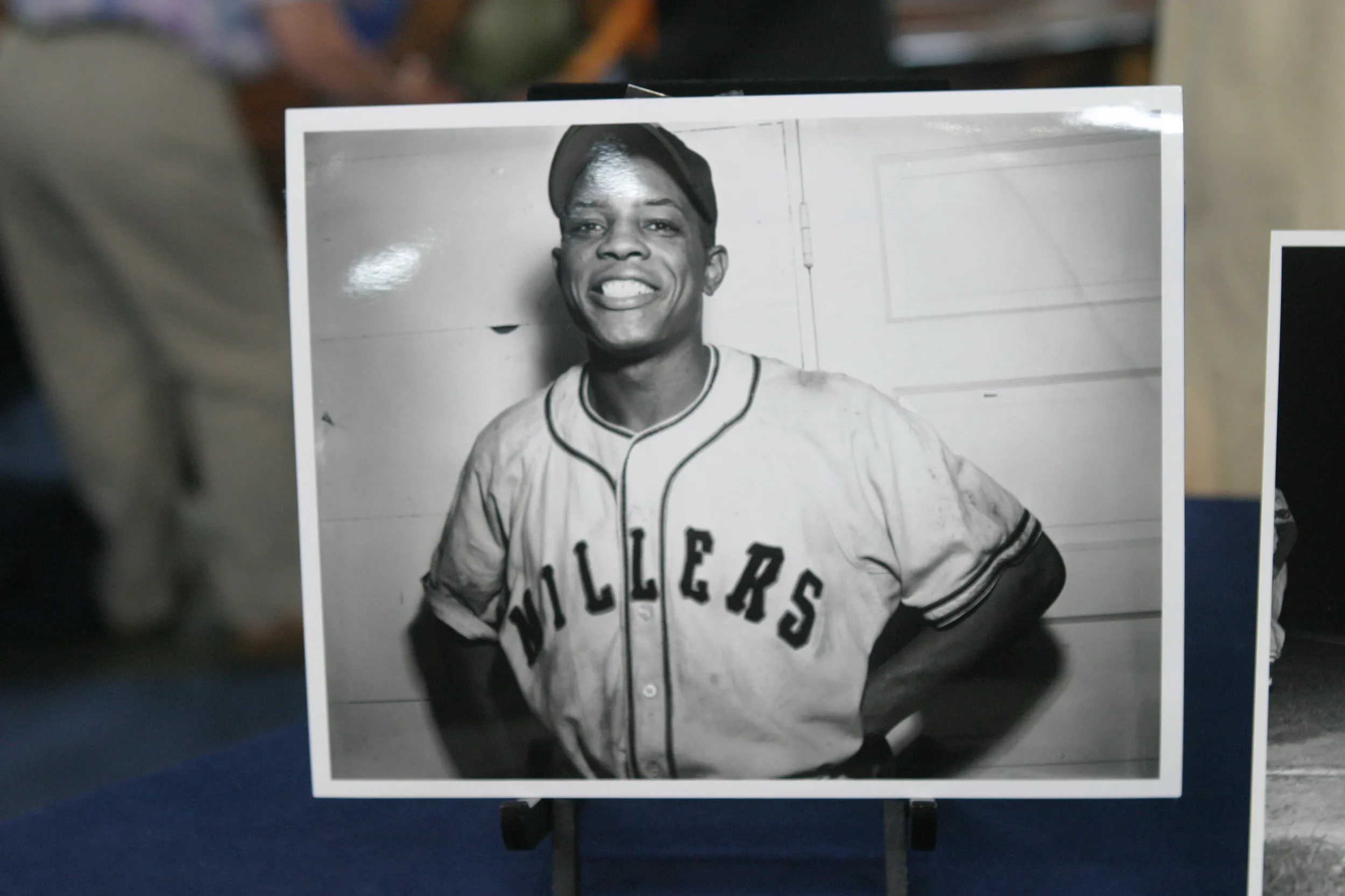GUEST: I like a lot of different quilts and, um, coverlets and things like that. I happened to see this at a thrift store here in Washington, D.C., about two years ago, and the colors and the texture of the wool caught my attention, so I actually purchased it.
APPRAISER: Did you pay a lot for it?
GUEST: No, I paid, I'm thinking, $12, but I don't remember, but it was less than $15.
APPRAISER: Yeah, and do you know what it is?
GUEST: Well, I know it's a Native American blanket, someone said maybe a chief's blanket, but I really don't know any more specific details than that.
APPRAISER: Well, it's called a Third Phase chief's blanket, and the reason it's a Third Phase are these stepped triangles in the corners and at the halfway point and in the center. If it was a First Phase, which we've had on the show before, it would just be the stripes.
GUEST: Oh, okay.
APPRAISER: And it wouldn't have all the red. If it was a Second Phase, it would have the stripes with kind of box designs, without the triangles. It was probably done in western New Mexico or eastern Arizona. It's Navajo. This blanket was probably woven in the 1870s.
GUEST: Uh-huh.
APPRAISER: The blue here is indigo from the plant.
GUEST: Right.
APPRAISER: The white is the natural color of the yarn. The brown is the same. Now, the interesting yarn is this red, and all of us at the table feel like that this is probably made from cochineal. Now, cochi beetles... you know what a prickly pear cactus is?
GUEST: Yes.
APPRAISER: Well, in the Southwest, it looks like a growth on it that's sort of a fuzzy white look, and you pull that off the cactus and squeeze it, and there's a little beetle in there, and it looks like that when it's smashed. It turns this deep reddish-purple color.
GUEST: Oh...
APPRAISER: Now, we can't be sure that that's what it is, but we strongly think it is. It would take some tests to determine that. This green may be another plant called rabbitbrush.
GUEST: Oh.
APPRAISER: That grows in the Southwest. Now, this is in pretty rough shape. Originally, it didn't have all this fringe down the edge. It was smooth, and it had a cord whipping it off, and somebody's tied these little things on with yarn and done that on both sides. It also has a little bit of damage here, and I'm going to turn it over because you can see it better. It's been cut and sewn-- pretty big cut, pretty smooth cut-- but nevertheless it's a cut. Now, value at auction in this condition, probably between $6,000 and $8,000. So, more than your $15.
GUEST: Right. (laughs)
APPRAISER: Now, fixing it.
GUEST: Right.
APPRAISER: It's worth cleaning up, having the selvage put back on the edge, having the cut fixed, would cost some money, with the tests on the dye, probably $4,000.
GUEST: Mm-hmm.
APPRAISER: But, the other side of that money spent is that your weaving would then be worth between $16,000 and $18,000.
GUEST: Mm-hmm-- wow, great.











